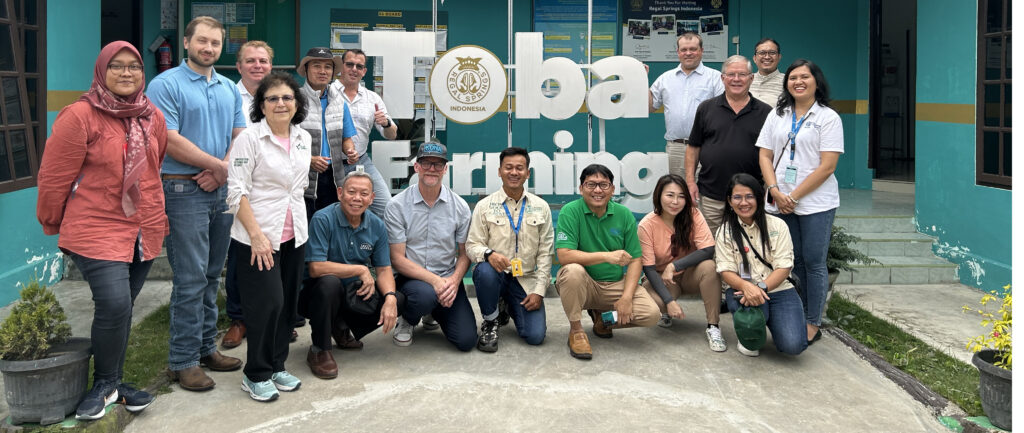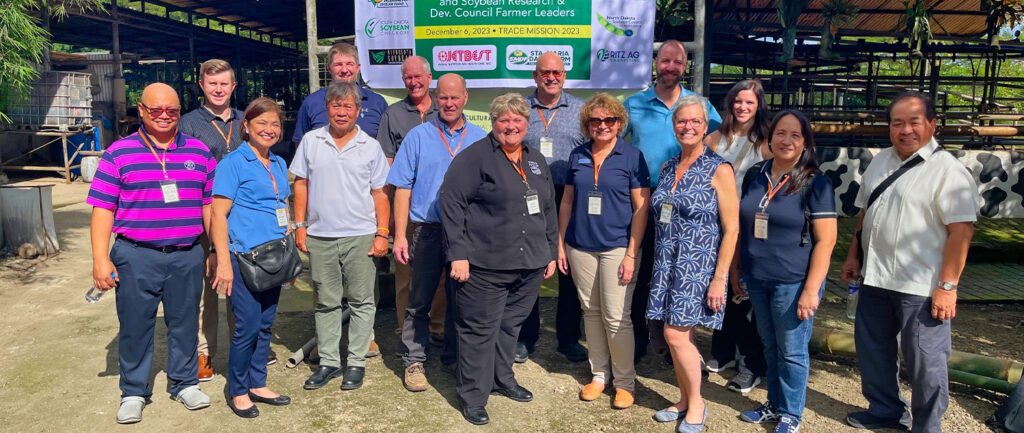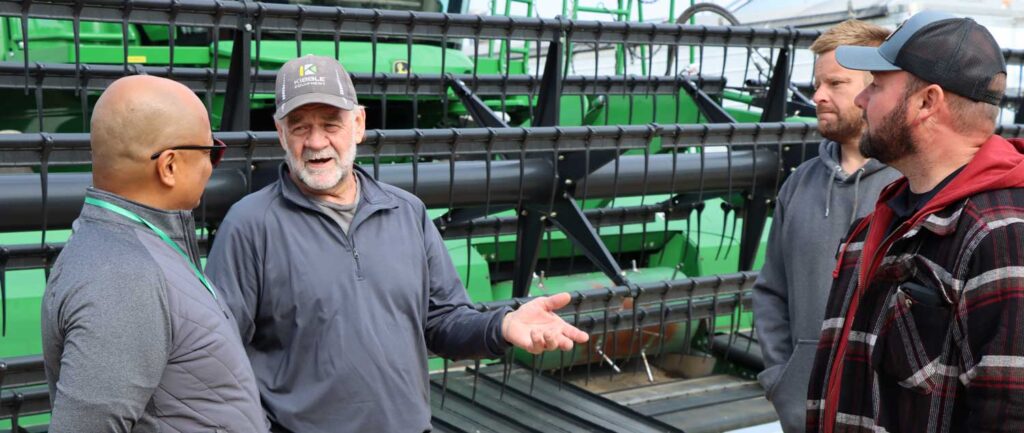In U.S. soy’s long-term efforts in building new markets and relationships through checkoff investments, Egypt stands out as a success story.
In just a few short years, Egypt has transformed into one of the largest consumers of U.S. soybean meal. Before the Soy Excellence Center was founded in 2019, Egypt purchased barely any U.S. soybean meal. Within a few years, its purchases of U.S. soy jumped 75%. And according to the 2023 Soy Stats, Egypt bought 4 million metric tons of U.S. soybeans, equating to $2.4 billion, making the Northeast African country the world’s third-largest consumer of U.S. whole soybeans.
“That’s attributed to the partnerships we’ve built and the people in Egypt who are participating in our training courses,” said Worthington farmer Bill Gordon, who in September attended a U.S. Soybean Export Council-led (USSEC) trip on behalf of the Minnesota Soybean Research & Promotion Council. “They’re buying U.S. soy and taking that valuable information (from the courses) and telling their bosses to buy soy.”
The Soy Excellence Center transforms emerging markets into stories of economic success by building capacity and market potential of food and agriculture businesses. Its goal is to build soy’s global reputation as a vector for change.
The U.S. delegation, which comprised USSEC leaders and leaders from several state soybean boards, spent nearly a week in Egypt. During his visit to the country, which links northeast Africa to the Middle East, Gordon met with buyers, attended seminars at Cairo University and visited several Egyptian aquaculture facilities. The trade mission coincided with the center’s fourth anniversary and its 100th classes, which have taught over 20,000 individuals the value of U.S. soy.

“It was a cool opportunity to experience the region and see their need for growing demand for food,” said Gordon, a former president of the American Soybean Association (ASA) and past vice president of the Minnesota Soybean Growers Association.
The trade mission’s goal was to understand the ongoing efforts and opportunities for U.S. Soy in Egypt’s animal and aquaculture industries. The Egyptian poultry industry has faced headwinds because of global inflation, currency turmoil and increasing feed costs. Nevertheless, Egypt’s poultry producers have achieved 100% self-sufficiency and are exporting to several other countries. There is an opportunity for strong and continued growth in poultry and dairy production, driven mainly by poultry and dairy consumption in the region.
Meanwhile, aquaculture in Egypt has seen significant growth due to a variety of reasons including development of inland fisheries, expansion of fish farming projects and growth of hatcheries. Egypt’s aquaculture sector, which is a leader in Africa and ranks sixth globally, is projected to see a 46% increase in feed demand by 2025. More opportunity is on the horizon with in-pond raceway systems to improve aquaculture profits and water use.
Egypt’s preference for U.S. soy over Brazil is a matter of quality and logistical ease in obtaining the commodity.
“What’s cool about the U.S. soy market in Egypt is they talk about price with everything but soybeans,” Gordon said. “Soybeans is the one commodity they go to the U.S. because they need the quality.”
Gordon also used the visit to promote high-quality, Minnesota-grown soybeans and diversifying shipping routes via the Great Lakes St. Lawrence Seaway System.
“We talked about options for buying northern soybeans for the amino acid content and using those ‘salties’ out on the St. Lawrence Seaway,” Gordon said.
When Gordon was appointed to the Soy Excellence Center’s Steering Committee by the MSR&PC, he was assigned to the Southeast Asian region and visited Thailand. He’s since become one of the organization’s representatives in the Middle East.
“The Middle East market has been a tough nut to crack because of political government issues,” Gordon said, “so being able to help these people feed more people with protein and making it more reasonable by using U.S. soy is so crucial, and seeing them become No. 3 is awesome.”
After taking a step away from ag leadership after serving as ASA chair to focus on his farming operation and spend more time with family, Gordon said he’s reenergized to return to soy promotion and advocacy.
“Egypt is a growing market and I wanted to be part of that and help develop that market,” he said. “It was nice to take a break and realize I do enjoy it, and it was fun to go and see people again and talk soybeans.”







